

Articles
How To Measure Bay Windows For Blinds
Modified: December 7, 2023
Learn how to measure bay windows accurately for blinds with our helpful articles. Gain valuable insights and tips for a perfect fit.
(Many of the links in this article redirect to a specific reviewed product. Your purchase of these products through affiliate links helps to generate commission for Storables.com, at no extra cost. Learn more)
Introduction
Bay windows are a beautiful architectural feature that can add charm and character to any home. These unique windows consist of a series of windows that protrude from the main wall, creating a bay area or alcove. One of the key considerations when it comes to bay windows is finding the perfect blinds to enhance their beauty and provide privacy and light control.
But before you can purchase blinds for your bay windows, it’s essential to measure them accurately. Proper measurements will ensure that the blinds fit perfectly and operate smoothly. In this article, we will guide you through the process of measuring your bay windows for blinds, whether you plan to install inside mount or outside mount blinds.
Before we dive into the measuring process, let’s quickly go over the tools and materials you’ll need:
Key Takeaways:
- Accurate measurements are crucial for perfectly fitting blinds on bay windows. Use the smallest width and height for inside mount blinds, and the widest and tallest for outside mount blinds.
- Gathering the right tools and following a step-by-step process ensures that your bay window blinds fit seamlessly, providing both functionality and aesthetic appeal. Double-check measurements before ordering or purchasing blinds.
Read more: How To Put Blinds In A Bay Window
Tools and Materials Needed
- Tape Measure
- Pencil and Notepad
- Ladder or Step Stool (if necessary)
Key Takeaways:
- Accurate measurements are crucial for perfectly fitting blinds on bay windows. Use the smallest width and height for inside mount blinds, and the widest and tallest for outside mount blinds.
- Gathering the right tools and following a step-by-step process ensures that your bay window blinds fit seamlessly, providing both functionality and aesthetic appeal. Double-check measurements before ordering or purchasing blinds.
Read more: How To Put Blinds In A Bay Window
Tools and Materials Needed
When it comes to measuring your bay windows for blinds, you’ll need a few tools and materials to ensure accurate measurements. Here’s a list of what you’ll need:
- Tape Measure: A tape measure is an essential tool for measuring the dimensions of your bay windows. Make sure the tape measure is long enough to reach the full width and height of the windows.
- Pencil and Notepad: Having a pencil and notepad handy will allow you to jot down the measurements as you go. This will help you keep track of the dimensions and ensure accuracy when ordering or purchasing blinds.
- Ladder or Step Stool: Depending on the height of your bay windows, you may need a ladder or step stool to reach the top portion of the windows. Make sure you have a safe and stable means of reaching the windows to get precise measurements.
Now that you have all the necessary tools and materials, let’s move on to the step-by-step process of measuring your bay windows for blinds.
Step 1: Measuring the Width of the Bay Window
The first step in measuring your bay window for blinds is to determine the width of the window. Follow these steps to get an accurate measurement:
- Start by measuring the width of each individual window within the bay. Measure from the inside edge of the window frame on the left side to the inside edge of the window frame on the right side. Note down this measurement.
- Next, measure the width of the entire bay window area. This measurement should be taken from the outside edge of the left window frame to the outside edge of the right window frame. Again, write down this measurement.
- If your bay window has multiple sections, repeat the above steps for each section.
It’s important to measure both the individual window widths and the total bay window width to ensure that your blinds will fit correctly. By measuring the individual windows, you can determine if there are any variations in size that need to be taken into account when ordering or purchasing blinds.
Once you have obtained the width measurements for your bay windows, proceed to the next step to measure the height of the windows.
Step 2: Measuring the Height of the Bay Window
After measuring the width of your bay window, it’s time to determine the height. Follow these steps to accurately measure the height of each window:
- Start by measuring the height of each individual window from the top edge down to the bottom edge. Measure along the inside edge of the window frame. Write down these measurements.
- Next, measure the height of the entire bay window area. Measure from the top edge of the uppermost window down to the bottom edge of the lowest window. Note down this measurement.
- If your bay window has multiple sections, repeat the above steps for each section.
Measuring the height is crucial to ensure that your blinds fully cover the window area and provide the privacy and light control you desire. By measuring both the individual window height and the total bay window height, you can account for any variations and ensure that your blinds will fit perfectly.
With the width and height measurements in hand, you’re now ready to move on to the next steps in measuring your bay windows for blinds, depending on whether you plan to install inside mount or outside mount blinds.
When measuring bay windows for blinds, measure each section individually for accuracy. Use a metal tape measure for precise measurements and always measure the width and height at three different points to account for any irregularities in the window.
Read more: How To Install Hampton Bay Blinds
Step 3: Measuring for Inside Mount Blinds
If you’ve decided to install inside mount blinds for your bay windows, follow these steps to measure them accurately:
- Measure the width of each individual window within the bay. Take the smallest measurement as your width measurement for the blinds.
- Next, measure the height of each individual window. Again, take the smallest measurement as your height measurement for the blinds.
- Repeat the above steps for each section of the bay window if applicable.
- When ordering or purchasing inside mount blinds, subtract approximately 1/4 inch from the width measurement to allow for ease of installation and smooth operation.
It’s important to take the smallest width and height measurements to ensure that the blinds fit within the window frame without any obstructions. Subtracting a small amount from the width measurement allows for easy installation and prevents the blinds from rubbing against the window frame.
Remember to measure each section of the bay window individually, as they may have slight variations in size. This will help you ensure that each blind fits perfectly within its respective window.
Once you have obtained the width and height measurements for inside mount blinds, you can proceed to the next step – measuring for outside mount blinds – if that is your desired installation method.
Step 4: Measuring for Outside Mount Blinds
If you prefer the look of outside mount blinds for your bay windows, follow these steps to measure them accurately:
- Measure the width of each individual window within the bay. Take the widest measurement as your width measurement for the blinds.
- Next, measure the height of each individual window. Take the tallest measurement as your height measurement for the blinds.
- Repeat the above steps for each section of the bay window if applicable.
- When ordering or purchasing outside mount blinds, add approximately 2-4 inches to both the width and height measurements to ensure full coverage of the window area.
When it comes to outside mount blinds, taking the widest width and tallest height measurements ensures that the blinds fully cover the window area. Adding a few extra inches to both measurements allows for proper coverage and gives you more flexibility in terms of light control and privacy.
Just like with inside mount blinds, it’s important to measure each section of the bay window individually to account for any variations in size. This will help you ensure that each blind fits correctly and provides a cohesive look.
With the width and height measurements for outside mount blinds in hand, you’re now ready to move on to the final step – calculating the final measurements.
Step 5: Calculating the Final Measurements
Now that you have obtained the width and height measurements for your bay windows, it’s time to calculate the final measurements for your blinds. Follow these steps to ensure that your blinds fit perfectly:
- For inside mount blinds, use the smallest width and height measurements you obtained in Steps 3 and 4.
- For outside mount blinds, use the widest width and tallest height measurements you obtained in Steps 3 and 4.
- Once you have the final width and height measurements, check the specifications provided by the blinds manufacturer or retailer. They may have specific guidelines on how much to deduct or add to the measurements to ensure a proper fit.
- Make a note of the final measurements and double-check that they are accurate before proceeding with ordering or purchasing your blinds.
Calculating the final measurements is crucial to ensure that your blinds fit perfectly in your bay windows. By using the correct width and height measurements and following any additional guidelines provided by the manufacturer, you can rest assured that your blinds will be the exact size needed for a seamless and elegant look.
Before finalizing your order or purchase, it’s always a good idea to double-check the measurements to avoid any mistakes or discrepancies. Taking the time to verify the accuracy of the measurements will save you time and frustration in the long run.
With the final measurements in hand, you are now ready to order or purchase your blinds and enjoy the beautiful transformation they will bring to your bay windows.
Conclusion
Measuring your bay windows accurately is an essential step in finding the perfect blinds to enhance their beauty and functionality. By following the step-by-step guide outlined in this article, you can ensure that your blinds fit perfectly and provide the desired privacy and light control.
Remember to gather the necessary tools and materials before beginning the measurement process. A tape measure, pencil, notepad, and a ladder or step stool (if necessary) will help you obtain precise measurements.
Start by measuring the width and height of each individual window within the bay, as well as the combined width and height of the entire bay area. Differentiate between inside mount blinds and outside mount blinds to determine the appropriate measurements. For inside mount blinds, use the smallest measurements, while for outside mount blinds, use the largest measurements.
Additionally, consider any guidelines provided by the blinds manufacturer or retailer and make any necessary adjustments to the final measurements. Double-check the accuracy of the measurements to avoid any mistakes before placing your order or making a purchase.
Measuring your bay windows for blinds may require careful attention to detail, but the end result is well worth the effort. Properly fitting blinds will not only provide the necessary functionality but also enhance the overall aesthetics of your bay windows and complement your home’s interior design.
So, take the time to measure your bay windows accurately. With the right blinds, you can transform your bay windows into a stunning focal point that adds beauty, privacy, and functionality to your living space.
Frequently Asked Questions about How To Measure Bay Windows For Blinds
Was this page helpful?
At Storables.com, we guarantee accurate and reliable information. Our content, validated by Expert Board Contributors, is crafted following stringent Editorial Policies. We're committed to providing you with well-researched, expert-backed insights for all your informational needs.

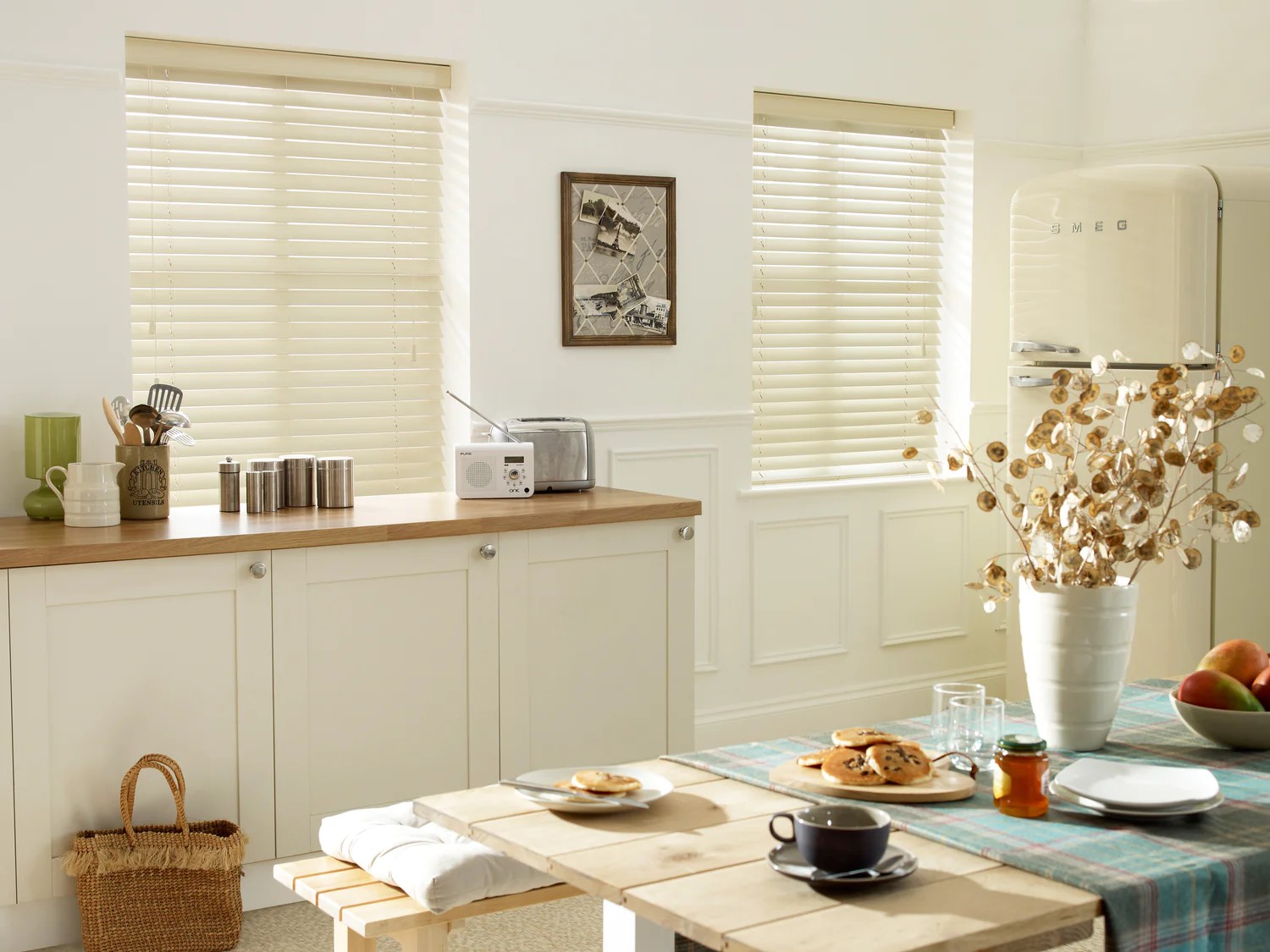



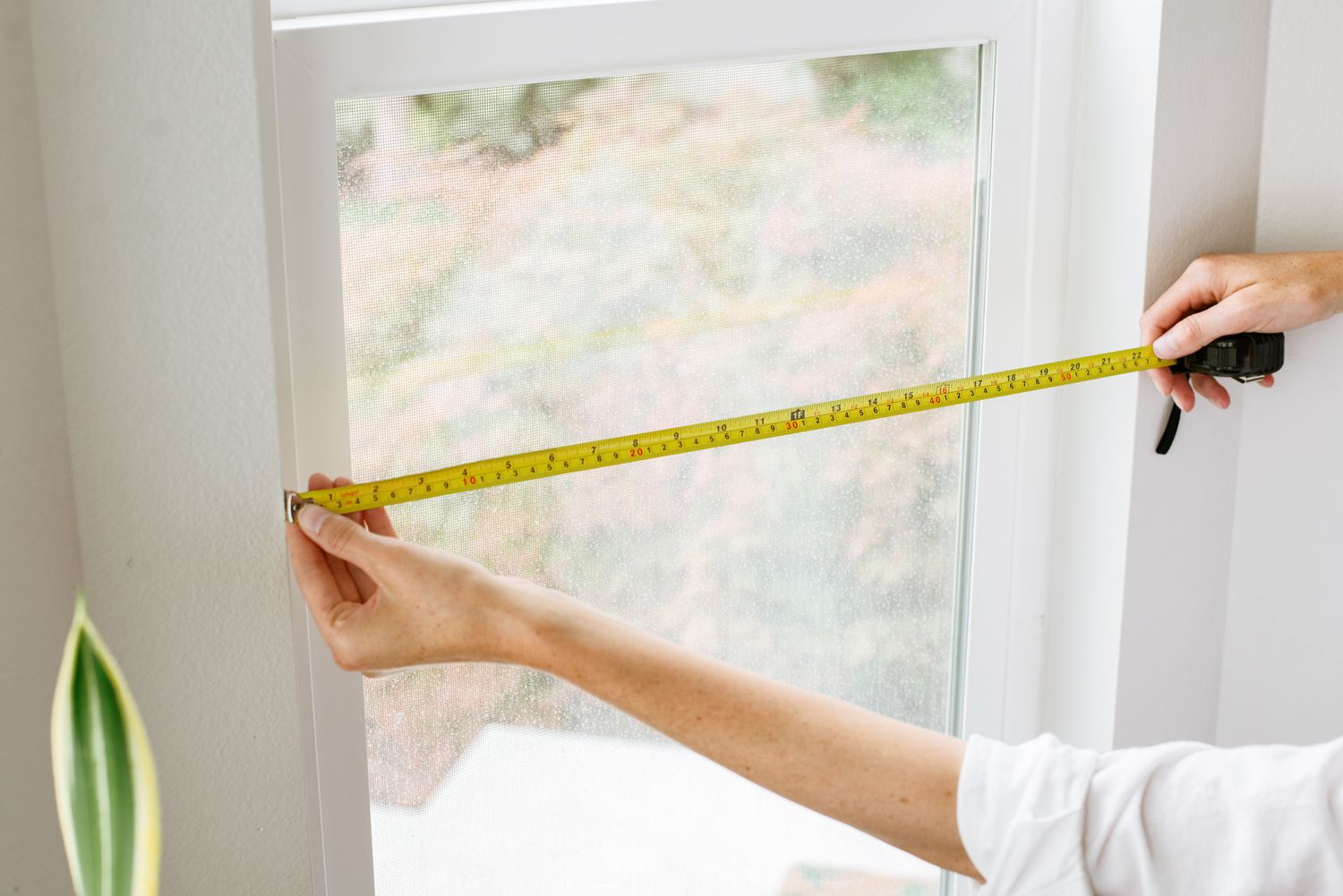
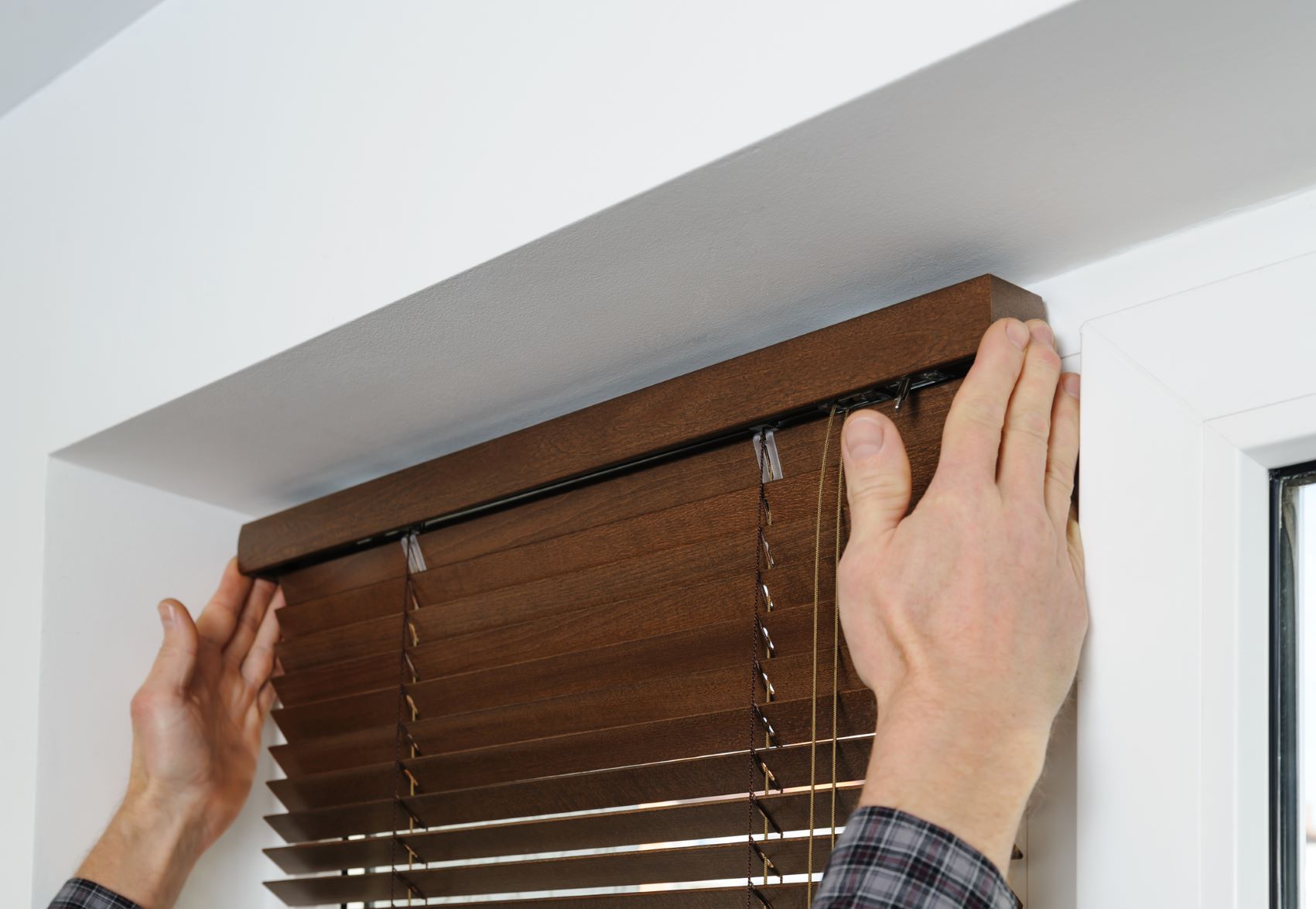

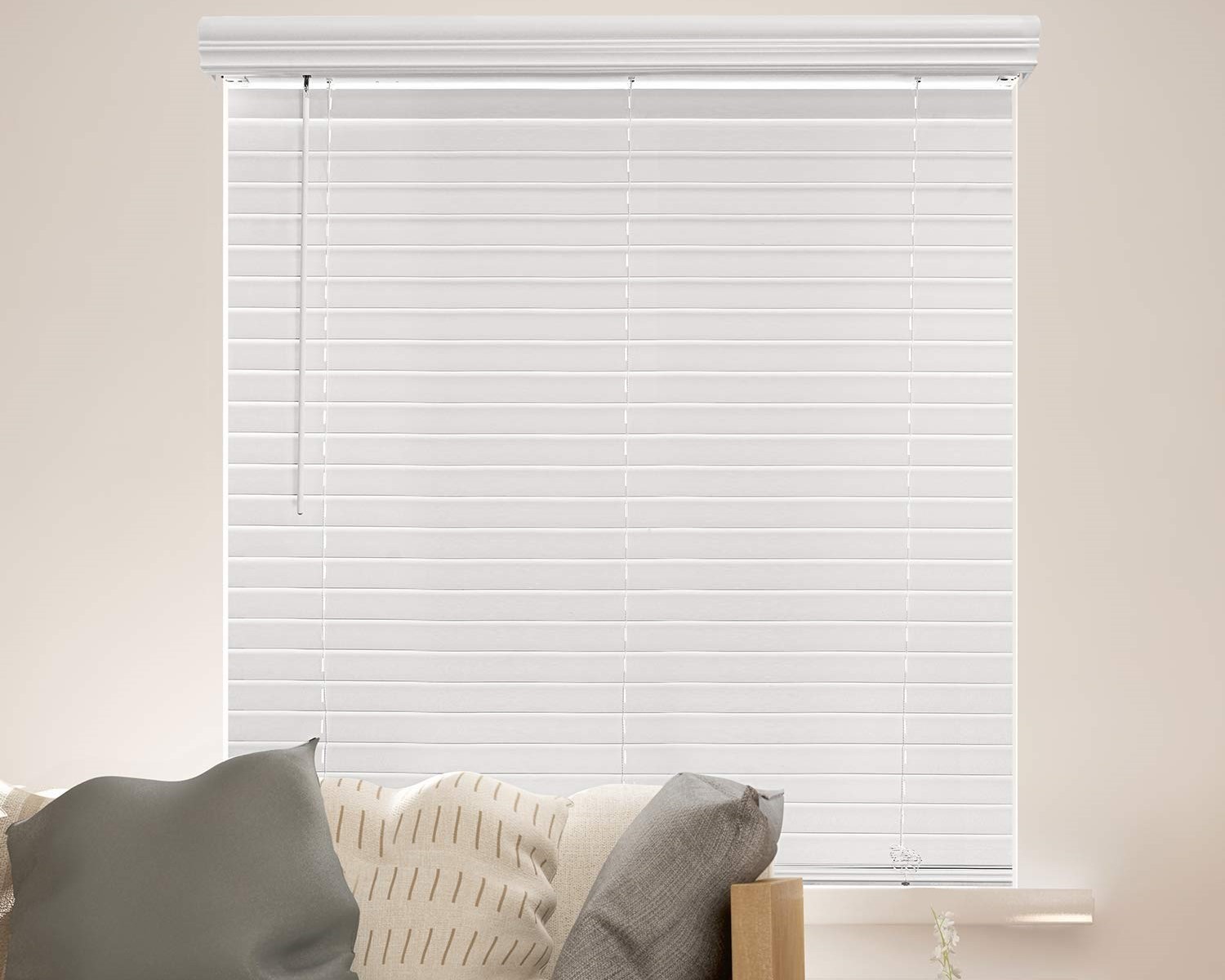


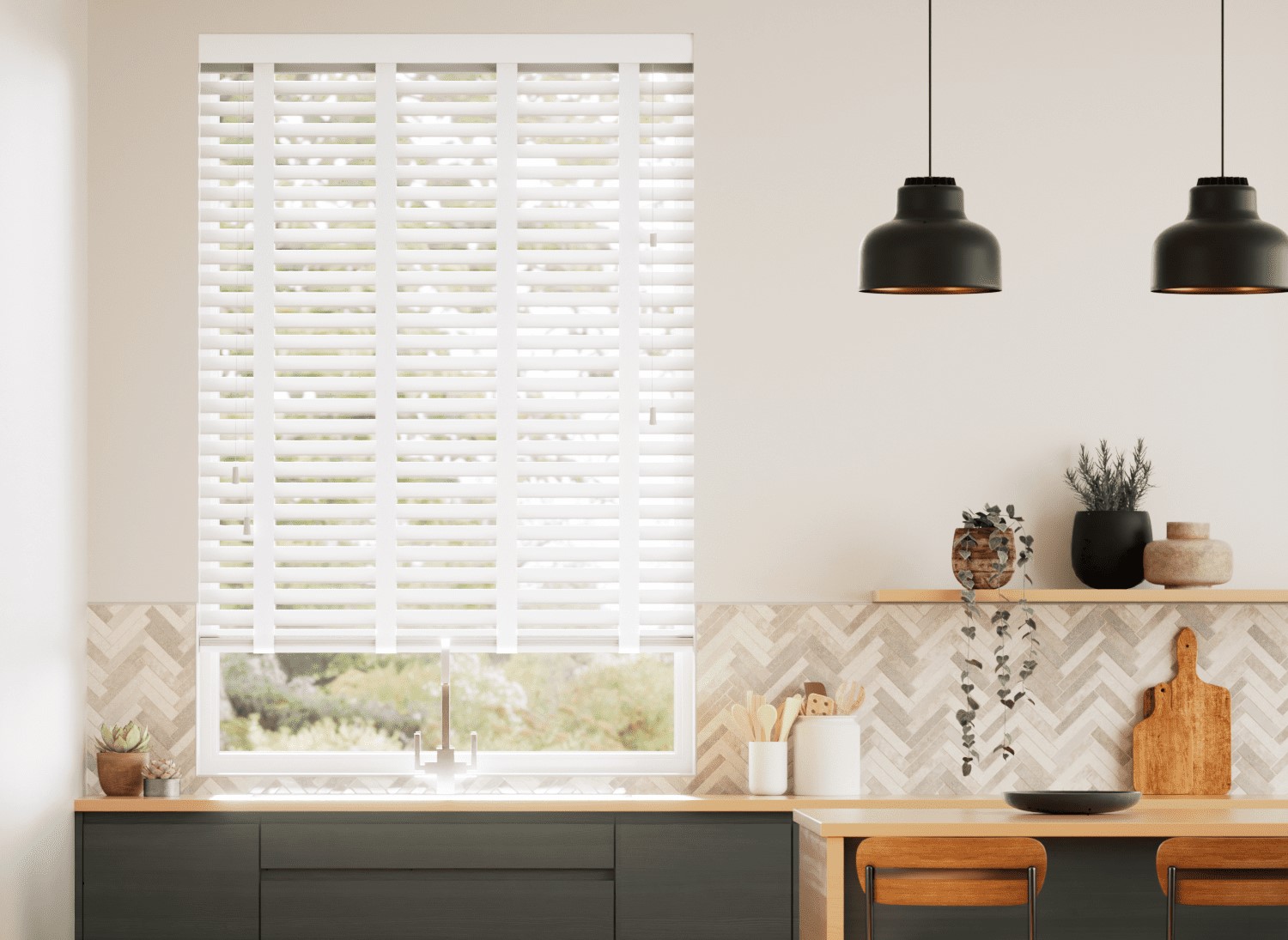
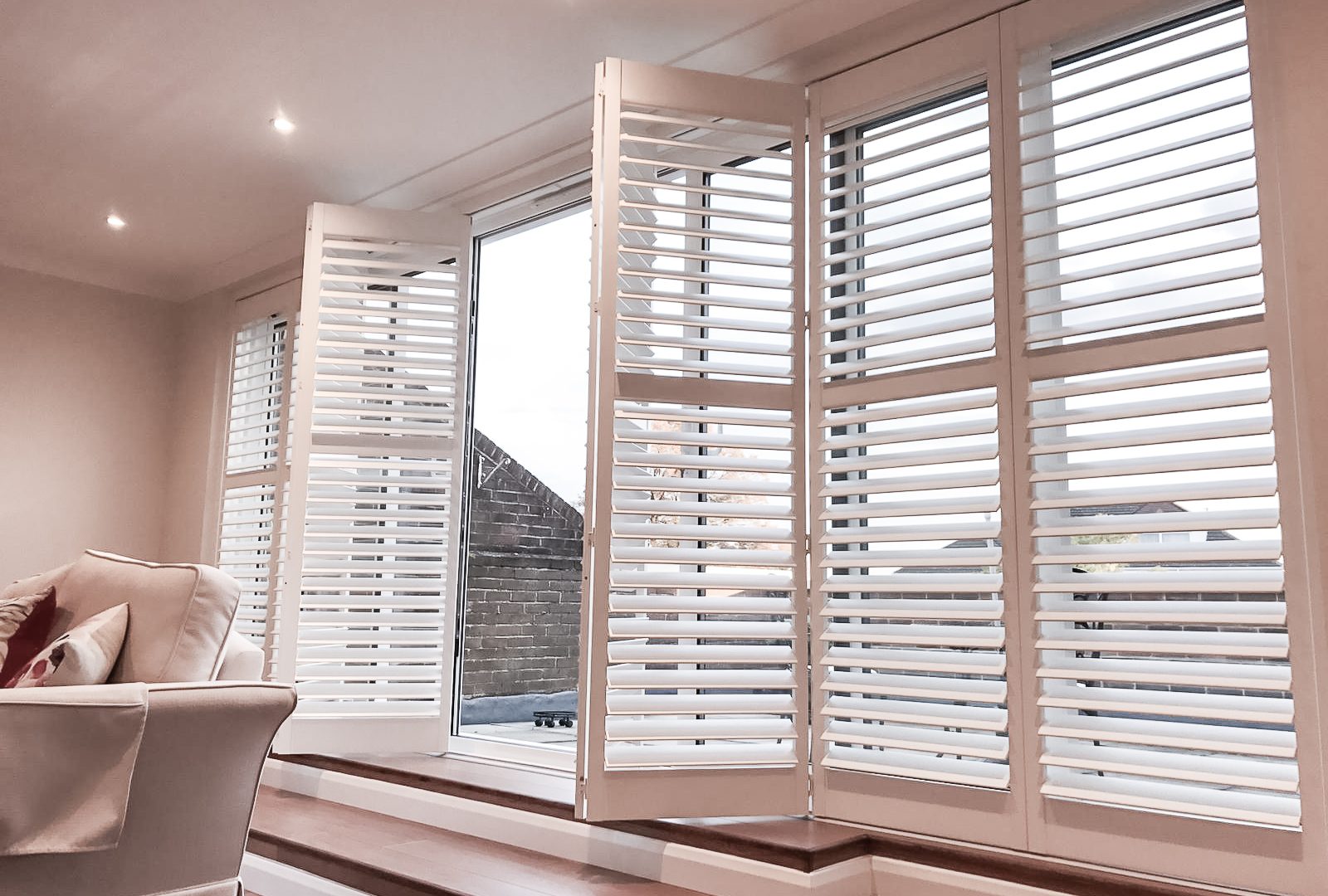


0 thoughts on “How To Measure Bay Windows For Blinds”